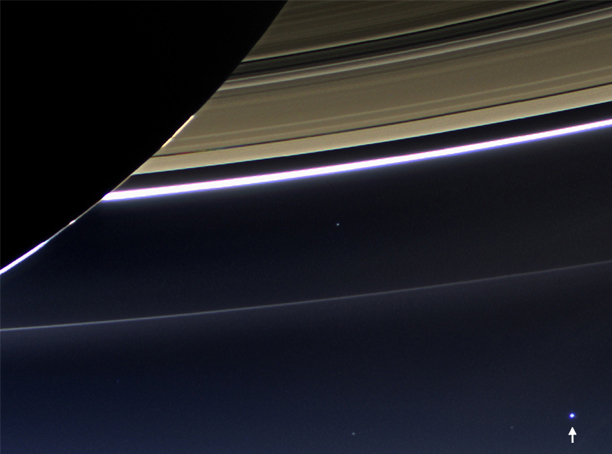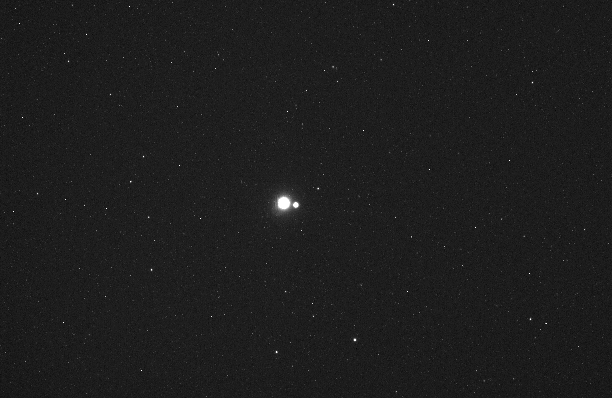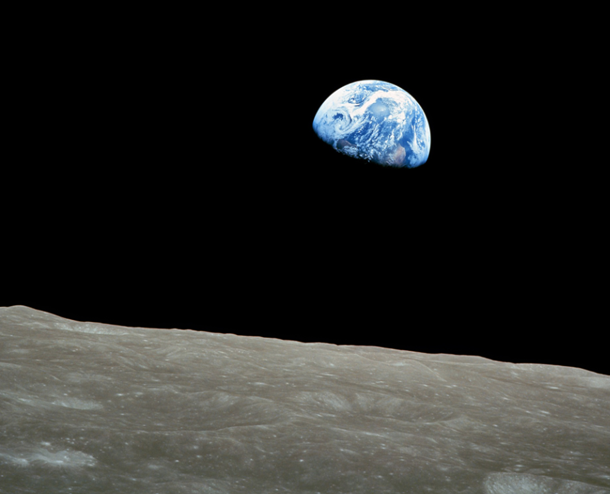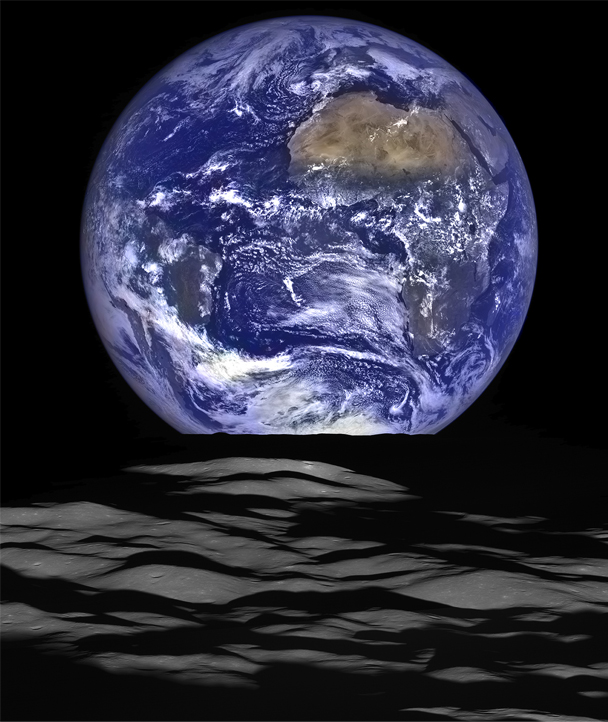The Pale Blue Dot
The late 20th century brought the capability to actually observe the planet Earth from space. One of the iconic photos was provided by Voyager I in its last series of photos before it left the solar system, the photo known as the Pale Blue Dot.

The photo was taken by Voyager's camera on February 14, 1990, just 34 minutes before it powered off its cameras (Photo credit NASA/JPL-Caltech). It was a part of a final 60 image photo collection termed the "Family Portrait of the Solar System". The popular name of this view is traced to the title of the 1994 book by Voyager imaging scientist Carl Sagan, who originated the idea of using Voyager's cameras to image the distant Earth.
The image of the Earth was taken from a distance of 3.8 billion miles (6 billion kilometers). This is the most distant view of the Earth. Turning the cameras back toward the Earth at an earlier stage posed risks to the camera systems because of the closeness of the Earth to the Sun and the brilliance of the Sun. The band of light in which the Earth image appears is sunlight scattered in the camera.
| Overview of Voyager journeys |
Solar System Illustration
Solar System Concepts
NASA Pale Blue Dot Revisited
| HyperPhysics********** Astrophysics | R Nave |






